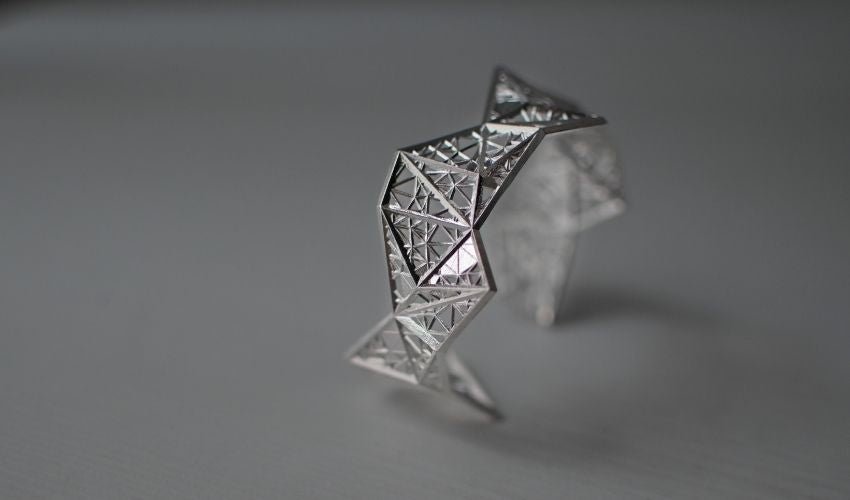
The Precision of SLA 3D Printing in Jewelry Making
Share
Introduction
Stereolithography (SLA) has become a game-changer in the jewelry-making industry. Known for its unparalleled precision and ability to produce intricate designs, SLA 3D printing has opened new doors for jewelers. With the use of castable resins that burn away without leaving residue, the technology allows for seamless transition from digital designs to physical prototypes and finished pieces. Here, we delve into the benefits and drawbacks of using SLA for jewelry making.
The Good
1. **High Precision and Detail**:
SLA 3D printing offers incredible accuracy, capable of producing fine details that traditional methods may struggle with. This level of detail is essential for intricate jewelry designs, allowing jewelers to create complex patterns and sophisticated pieces.
2. **Smooth Surface Finish**:
The layer resolution in SLA printing is significantly finer compared to other 3D printing methods like FDM (Fused Deposition Modeling). This results in smoother surfaces, reducing the need for extensive post-processing and ensuring a high-quality finish.
3. **Castable Resins**:
One of the standout features of SLA in jewelry making is the use of castable resins. These resins burn out cleanly during the casting process, leaving no ash or residue, which is critical for achieving flawless metal casts. This allows for precise vacuum casting or any other preferred casting method.
4. **Customization and Prototyping**:
SLA printing makes it easy to produce custom designs and prototypes quickly. Jewelers can experiment with new designs, make modifications, and see the physical model before committing to the final piece. This flexibility enhances creativity and innovation in jewelry design.
5. **Reduced Waste**:
Traditional jewelry making often involves significant material waste. SLA 3D printing is an additive process, meaning material is only used where necessary, reducing waste and making the process more sustainable.
#### The Bad
1. **Cost of Materials**:
While SLA printers themselves have become more affordable, the cost of resins, especially castable resins, remains high. This can be a limiting factor for small-scale jewelers or those just starting out.
2. **Post-Processing Requirements**:
Despite the smooth finish of SLA prints, post-processing is still necessary. This includes cleaning the prints, removing supports, and curing the resin. These steps can be time-consuming and require additional equipment and materials.
3. **Print Speed**:
SLA printing can be slower than other 3D printing methods, particularly for high-resolution prints. This means that producing multiple pieces can take considerable time, which might not be ideal for high-volume production runs.
4. **Limited Build Size**:
The build size of most SLA printers is relatively small compared to other types of 3D printers. This can be restrictive when trying to print larger pieces or multiple items simultaneously.
5. **Handling and Safety**:
Working with resins requires careful handling and proper safety measures. Resins can be toxic and may cause skin irritation or allergic reactions, necessitating the use of gloves, masks, and well-ventilated workspaces.
Conclusion
SLA 3D printing is revolutionizing the jewelry industry with its ability to produce highly detailed, custom pieces quickly and efficiently. The use of castable resins ensures that designs can be flawlessly cast into precious metals, providing jewelers with new opportunities for creativity and precision. However, the technology does come with some challenges, including the cost of materials, post-processing requirements, and the need for careful handling.
At Technast, we are equipped to handle your jewelry printing needs with the utmost precision. Just send us your jewelry file, and we will take care of the rest. Experience the future of jewelry making with our advanced SLA 3D printing services.
Ready to bring your jewelry designs to life? Contact us today and see the magic of SLA 3D printing in action!
By understanding the capabilities and limitations of SLA technology, jewelers can make informed decisions about incorporating this innovative method into their workflows. Whether for prototyping or final production, SLA 3D printing holds immense potential for transforming the way jewelry is designed and manufactured.
